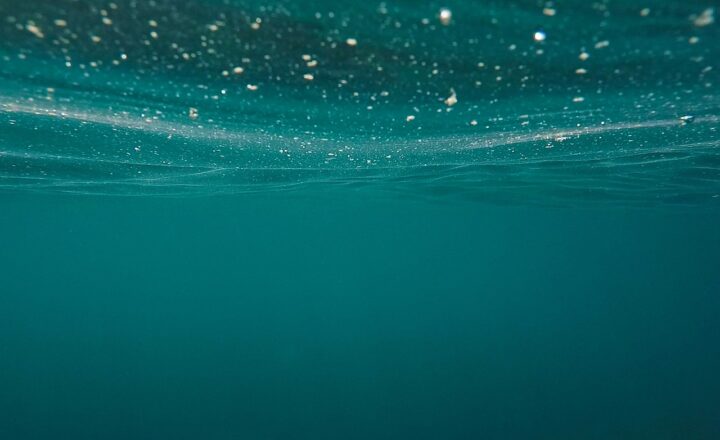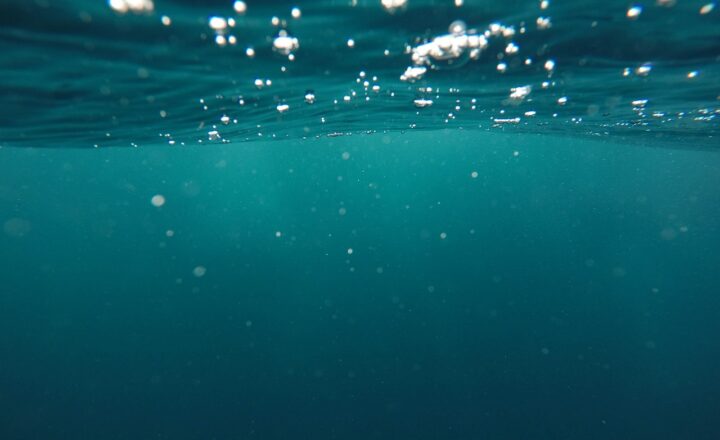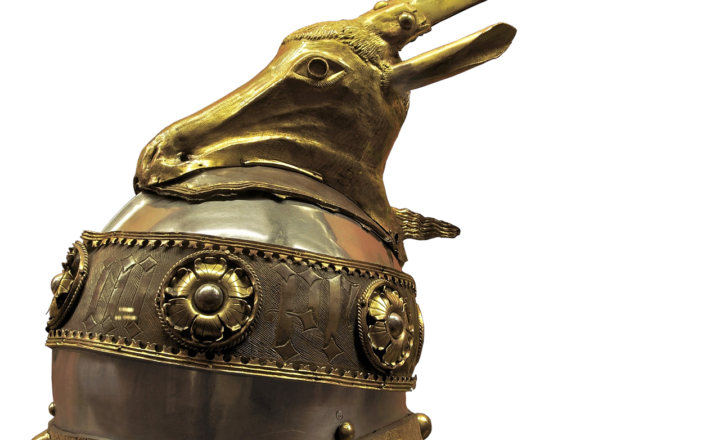Strange Devices in Shipwrecks: Odd Artifacts Found in Sunken Ships Around the World
November 15, 2024
Shipwrecks have long captivated our imagination, serving as gateways to understanding the past. From tales of pirates and sunken treasure to the eerie silence of ghostly vessels, these underwater ruins harbor many secrets waiting to be discovered. Among the various artifacts recovered from these depths, some devices and objects stand out as particularly peculiar. This article explores some of the strangest devices found in shipwrecks around the world, shedding light on their potential purposes and revealing the untold stories of those who once sailed the seas.
1. The Antikythera Mechanism: Ancient Analog Computer
Discovered in a shipwreck off the coast of the Greek island of Antikythera, the Antikythera Mechanism is regarded as the world’s oldest known analog computer. Dating back to around 150-100 BC, this complex device consists of a series of gears and dials, believed to have been used for predicting astronomical positions and eclipses for calendrical and astrological purposes.
- Historical Significance: The Antikythera Mechanism provides insight into the sophistication of ancient Greek engineering and astronomy. Its design demonstrates that the Greeks were capable of complex mechanical solutions long before the technology became common in Europe during the Renaissance.
- Mysteries Surrounding Its Use: Despite its discovery over a century ago, many aspects of the device remain a mystery. Why it was aboard the ship, which sunk around 60 BC, is still unclear, making it a tantalizing subject for historians and archaeologists alike.
2. The Whale Oil Lamp: Light from the Deep
Among the wrecks of 19th-century whaling ships, the remains of whale oil lamps have been frequently encountered. These lamps, designed to burn whale oil for illumination, serve as a fascinating reminder of an industry that operated extensively across the oceans.
- Functionality: Whale oil was prized not only for its light but also for its use in lubricants and soaps. The lamps themselves are often ornate, showcasing both functionality and the craftsmanship of the time.
- Cultural Importance: These lamps reflect the reliance on marine resources during the 19th century and highlight the cultural significance of whaling in certain communities. The transition from whale oil to kerosene marked a significant change in lighting technology, altering nocturnal life forever.
3. The James E.agan’s Whispering Pipe: A Maritime Mystery
The shipwreck of the MV James E.agan, which foundered off the coast of Newfoundland, yielded a strange artifact known as the “Whispering Pipe.” This peculiar device is a long, horn-like structure believed to have been used for communication between crew members.
- Unusual Design: The Whispering Pipe consists of multiple segments that flare out, allowing sound to travel further across the deck of the ship. Its design was likely intended for practical use in noisy maritime environments where vocal communication could be difficult.
- Cultural Myths: Folklore often surrounds such artifacts, with sailors claiming that the pipe holds echoes of the past, giving voice to the lost crew members. This artifact is a testament to the blend of practicality and superstition in maritime culture.
4. The Warship’s Depth Charge: Technology in History
Artifacts from warships often include advanced weapons and technology unique to their time. Among the discoveries made in wartime shipwrecks, some vessels have been found with unexploded depth charges, a testament to the naval conflicts they were involved in.
- Engineering Marvels: Depth charges were used extensively during World War I and World War II to combat submarines. The complexity of these devices demonstrates the military technology available during the conflicts.
- Recovery Challenges: Recovering unexploded ordinance poses significant risks and complexities, often requiring specialized teams equipped to handle hazardous materials. Such discoveries remind us of the perils of history submerged beneath the waves.
5. The Tumbler Compasses of Lost Galleons
When Spanish galleons sank in the Caribbean, among the richly adorned artifacts were tumbler compasses. These navigation tools were crucial for sailors trying to chart their course in the vast oceans.
- Engineering Design: Unlike modern compasses, tumbler compasses consist of a magnetic needle resting on a pivot, allowing it to align with the earth’s magnetic field. Their design showcases innovative nautical engineering from the age of exploration.
- Symbol of Adventure: These compasses symbolize the spirit of exploration and the desperation of sailors who braved treacherous seas in pursuit of fortune. Found throughout galleon shipwrecks, they serve as a poignant reminder of the risks and rewards of maritime travel during the age of exploration.
6. The Periscope from the USS Gambier Bay
A particularly striking find from the wreck of the USS Gambier Bay, sunk during the Battle of Leyte Gulf in World War II, is a periscope that once served a crucial role in undersea military operations.
- Surveillance Technology of its Time: The periscope provided submarine crews the ability to observe enemy ships while remaining submerged, highlighting the tactical advantages of naval warfare technology.
- Historical Echoes: This artifact encapsulates a moment in history when naval battles changed the course of wars. The discovery of the Gambier Bay’s periscope not only serves as an important archaeological find but also evokes deeper reflections on the impact of war on maritime history.
Conclusion: The Stories Beneath the Waves
The artifacts found in shipwrecks provide a unique portal to the past, unveiling stories woven with maritime adventure, loss, and technological innovation. Each device tells a tale not just of its function but also of the people who crafted, utilized, and ultimately lost them to the depths of the ocean. The mysteries they hold spark curiosity and inspire exploration as we seek to unravel the narratives confined within the sunken ships scattered across our seas.
As marine archaeology continues to advance, who knows what other strange and extraordinary devices wait to be discovered in the wrecks of the deep? Every dive into the dark blue offers the promise of unveiling more about our history—one strange device at a time.







